If you have ever experienced a migraine, you know the pain is unbearable. One of the most frustrating aspects of experiencing a migraine is not knowing its cause.
There are so many triggers for a migraine, which can make the cause difficult to pinpoint. Stress, hormones, weather, dietary and emotional factors all play into the chances of experiencing a migraine.
One factor you probably have not considered is posture. Poor body positioning has been linked to migraines and headaches.
While this may be surprising, it can also provide a sense of comfort and hope for people who frequently experience migraines. Many people attribute their pain to factors that are out of their control. Luckily, with practice, good posture is attainable for everyone.
What are Migraines?
First things first, it is important to understand the symptoms of a migraine. Typically, someone experiencing a migraine will be sensitive to light or sound.
If opening the blinds or listening to your neighbor’s loud music is unbearable, you are likely experiencing the symptoms of a migraine.
In addition, the pain is typically located in a specific spot and is throbbing. This can make it extremely painful to make sudden movements like standing up quickly or jumping. Going up or down the stairs can worsen the pain and create a pulsing sensation.
Migraines can also make people feel nauseous and sometimes cause vomiting.
Lastly, some people experience a symptom known as aura. This is typically a visual sensation that involves seeing flashes of light and can cause temporary visual impairment. Sometimes, people experience other sensations with aura such as weakness or numbness in the body.
The Difference Between Migraines and Headaches
As you may have noticed in the section above, migraines and headaches are not synonymous. There are a variety of differentiating factors between the two.
It is important to know the difference between headaches and migraines in order to best treat your head pain.
There are many types of headaches, but the most common one is a tension headache. These headaches can be triggered by stress, anxiety, or discomfort.
Another type of headache is a sinus headache, which occurs when you have a sinus infection. One symptom of this headache includes facial pressure, which is why they are sometimes mistaken for migraines. However, they are often accompanied by a runny nose and fever.
Migraines, as noted above, have unique symptoms such as light and noise sensitivity, vomiting, aura, and throbbing pain.
Can Bad Posture Cause Migraines?
We are so used to our posture that many people fail to consider it as a trigger for migraines. However, it has been found that there is an association between bad posture, headaches and migraines.1
People who complain of migraines often have similar postural positioning. They have a rounded back and they hold their neck too far forward, with their shoulders raised.
If you typically experience pain on one side of your head or the back of your head, it is likely that your pain is being caused by bad posture. This is because sitting incorrectly can lead to unequal weight distribution over the spine, resulting in migraines.
When you extend your neck too far forward for a duration of time, you increase tension in the shoulders, neck, and upper back. If you sit incorrectly for a long period of time, certain muscles become stronger, while others are weakened. This creates an imbalance that can lead to injury.
How to Avoid Head Pain Caused by Bad Posture
There are many steps people can take to improve their posture and avoid headaches and migraines. Like anything, breaking these habits requires effort and patience.
First, try making changes to your workspace setup. Your chair should support your lower back and be adjusted so that both feet can rest comfortably on the floor. Position your laptop so that the top of your monitor is level with your eyes.
If your desk prevents you from adjusting your laptop in this way, consider purchasing an Adjustable Laptop Tower Stand from obVus Solutions. This stand allows you to easily adjust the height of your laptop, creating a healthier work space.
In addition, make sure to get up and move around every once in a while. Spending too much time in the same position will increase muscle tension and lead to a greater chance of head pain.
When we experience stress, it is natural for us to tighten our muscles. It is recommended that you practice daily breathing exercises in order to calm your thoughts. With minder by obVus Solutions, you can choose from a wide range of exercises that can relieve stress within minutes.
There are also many exercises available online to help strengthen your neck muscles. This can help to counteract the muscle imbalance that is created when sitting with incorrect posture.
It is necessary that you take purposeful steps to counteract the bad postural habits you have been forming on a daily basis, because poor positioning may be at the root of your head pain.
Migraines are painful and disruptive to our daily lives. Although so many factors can cause migraines, posture is one area we can control.
It is important to keep in mind that good posture should reduce pain, not increase it. If you find it is difficult to maintain good posture because it causes discomfort, start with small steps. Over time, you will see that proper positioning eases the tension on your neck and back, making you more comfortable.
Sources
1. https://www.ncbi.nlm.nih.gov/pmc/articles/PMC2156511/


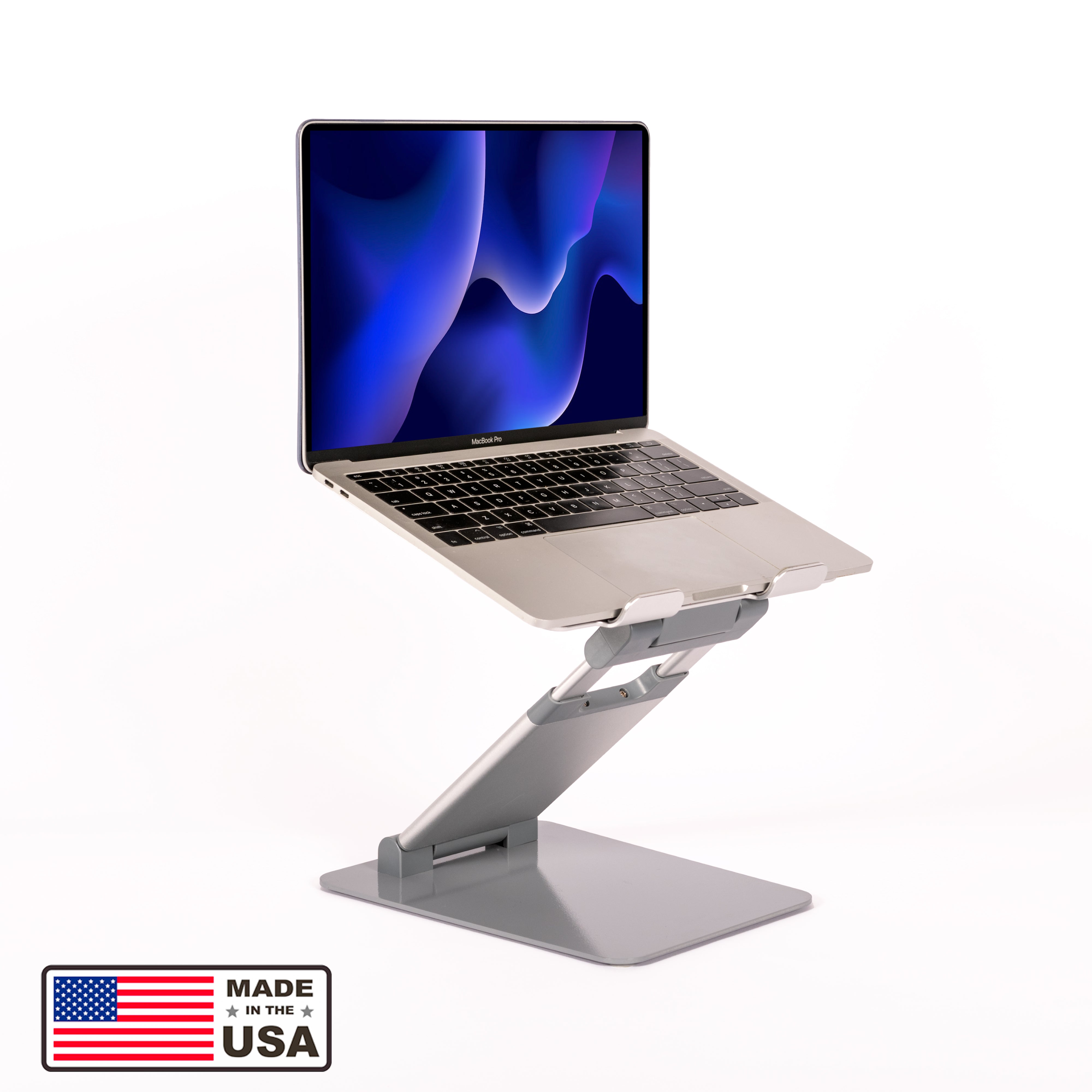
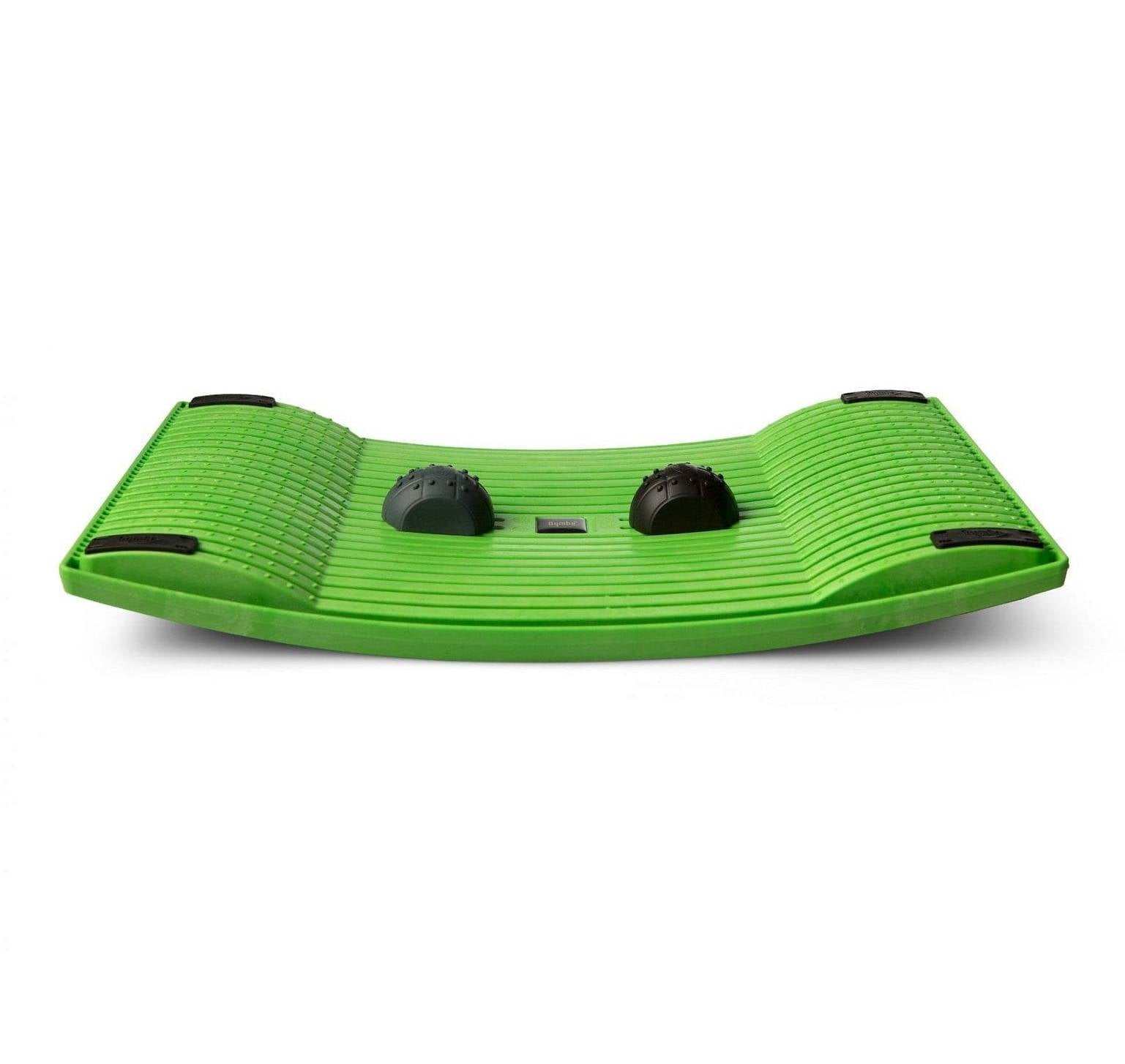
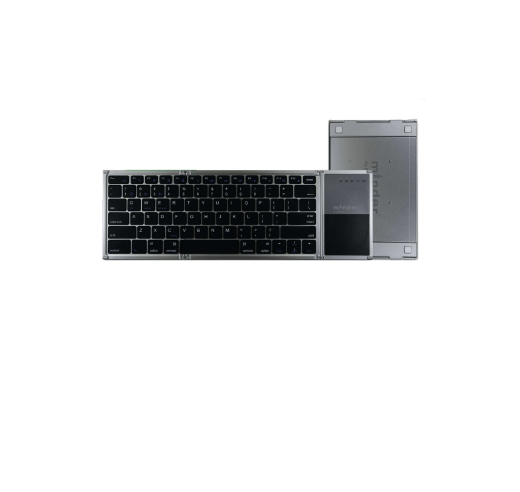
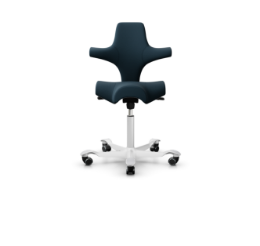




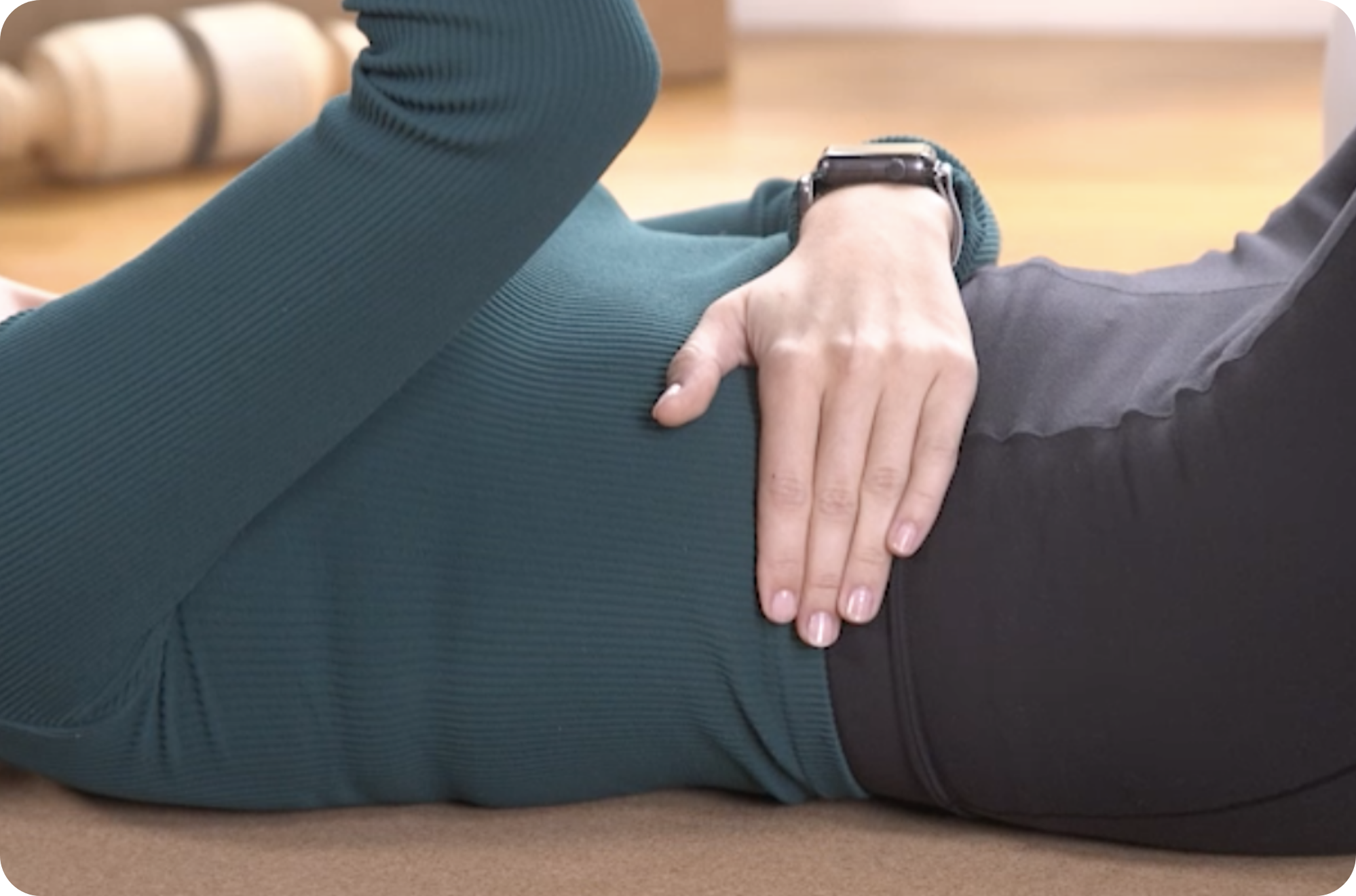




Leave a comment
All comments are moderated before being published.
This site is protected by hCaptcha and the hCaptcha Privacy Policy and Terms of Service apply.